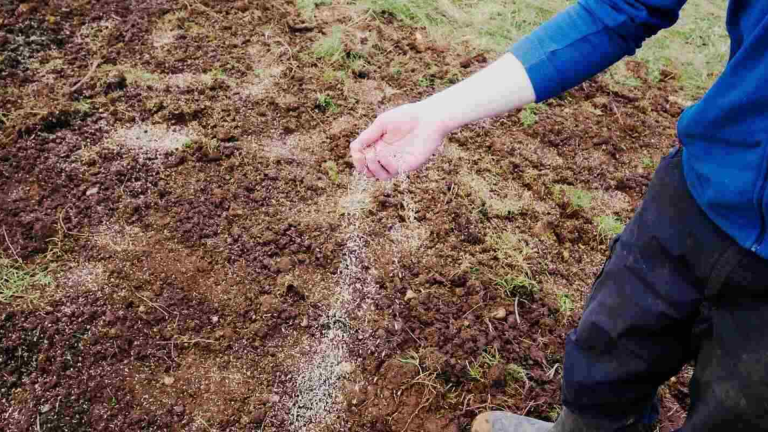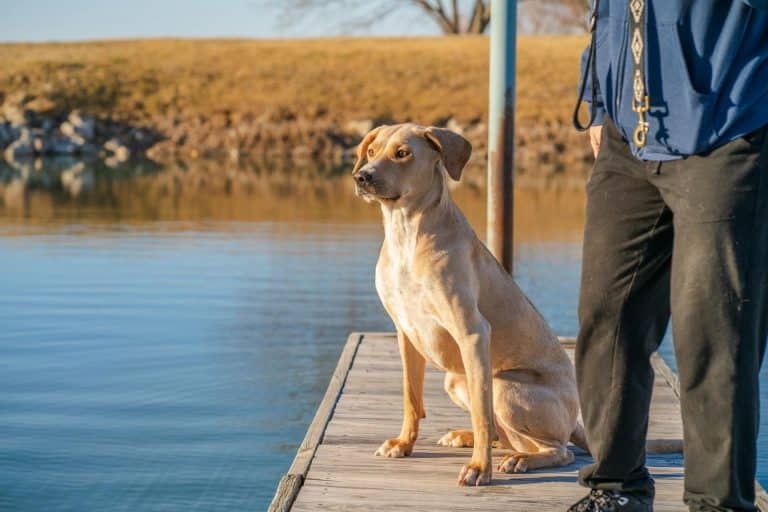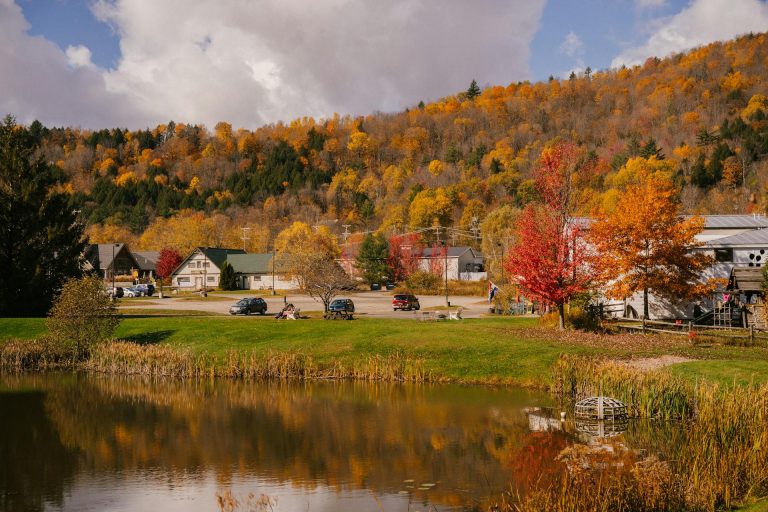If you’re trying to grow new grass, you might be wondering—should you mix grass seed with soil before spreading it? It’s a good question, and the answer depends on your yard and what you’re trying to fix. Some people mix seed with soil to help it grow better, especially in bare spots or areas with poor dirt.
Mixing seed with soil can help keep the seeds in place, hold moisture, and improve how well the grass grows. But it’s not always needed, and there are other ways to get great results too.
In this guide, I’ll walk you through when mixing makes sense, how to do it the right way, and what to avoid. Whether you’re filling in spots or planting a whole new lawn, this simple guide will help you grow greener, healthier grass—starting from the soil up!
Should You Mix Grass Seed with Soil?
Mixing grass seed with soil isn’t always required, but it can be helpful in certain situations. If your soil is poor, dry, or compacted, mixing the seed with soil can help improve how well it grows. It’s also a good option when you’re patching bare spots in your lawn.
When grass seed is mixed with soil, it gets better contact with the ground, which helps it take root faster. It also protects the seeds from being washed away by rain or eaten by birds. So, while it’s not always necessary, it can make a big difference in tricky areas.
If your lawn already has healthy, loose soil, you may not need to mix anything. But if your grass has trouble growing, this simple step might be worth a try. It’s an easy way to give your seeds a better chance at success.
Benefits of Mixing Grass Seed with Soil

Mixing grass seed with soil before spreading can give your lawn a better start, especially if you’re working with tough or patchy areas. This simple step can make a big difference in how quickly and evenly your grass grows.
- Better Seed-to-Soil Contact: Helps seeds stay in place and touch the soil, which is needed for sprouting.
- Improved Germination Rates: Seeds in mixed soil often sprout faster and more evenly.
- Moisture Retention: Soil holds water around the seed, keeping it moist and ready to grow.
- Protection from Birds and Wind: A thin soil cover helps hide the seeds and keeps them from blowing or being eaten.
- Good for Bare Spots: Helps fill in thin or dead patches more effectively.
If your lawn needs a little extra help, mixing grass seed with soil is a smart, easy way to boost results.
How to Mix Grass Seed with Soil the Right Way
Mixing grass seed with soil may sound simple, but doing it the right way can really improve how well your grass grows. If you mix too little or too much, or use the wrong kind of soil, the seeds may not sprout properly. Here’s a step-by-step guide to help you get it just right.
Step 1: Choose the Right Soil

Start with clean, loose, and nutrient-rich soil.I find that Screened topsoil or compost works best. Avoid heavy clay or sandy soil, as they don’t hold moisture or nutrients well. Good soil helps seeds stay in place and gives roots room to grow. The better your soil, the better your grass will grow.
Step 2: Use the Right Ratio

The goal is to give each seed enough space and soil to grow. A good mix is:
-
1 part grass seed to 3–4 parts soil
This keeps the seed from being buried too deep and helps it spread out evenly.
Step 3: Prepare Your Tools

You’ll need a clean bucket, garden tub, or wheelbarrow for mixing. Use a small hand shovel, garden fork, or even your hands (with gloves) to blend the mix. Make sure your tools are dry and clean, so nothing sticks or clumps. Having the right tools makes the mixing process faster and more even.
Step 4: Mix Evenly

Pour the grass seed and soil into your container. Use your shovel or hands to gently stir and flip the mix until the seeds are evenly spread throughout the soil. Be gentle—too much stirring can damage the seeds or cause clumping.
Tips:
- Mix in small batches so you don’t overdo it.
- Make sure no dry seed patches remain.
- Avoid adding water during this step—moisture comes later.
Step 5: Apply the Mix to Your Lawn

Once mixed, take handfuls of the soil-seed blend and spread it over the area you want to plant. I usually use my hands for small spots and a spreader for larger areas.
- For patching spots: Gently press the mix into the soil with your hand or foot.
- For new seeding: Rake the area first, spread the mix, then rake lightly again to blend it in.
Don’t pile it too thick. A thin, even layer gives seeds the best chance to grow.
Step 6: Lightly Water the Area

After spreading, gently water the area with a fine spray. The goal is to moisten the soil without washing the seeds away. Keep the area damp, not soaked, while the seeds begin to sprout. Water daily, especially during hot or dry weather, to help the roots take hold.
Taking a few extra minutes to mix grass seed with soil the right way can help your lawn grow faster, thicker, and healthier. It’s a simple task that brings great results when done with care.
Best Types of Soil to Mix with Grass Seed
Not all soil works well for mixing with grass seed. Some soils can block growth or make it harder for seeds to sprout. The best soil types are loose, clean, and full of nutrients. They help the seed stay moist and grow roots quickly.
| Soil Type | Good for Mixing? | Why It Works or Doesn’t |
|---|---|---|
| Screened Topsoil | Yes | Loose, clean, and easy for roots to grow in |
| Compost | Yes | Full of nutrients and holds moisture well |
| Potting Mix | Sometimes | Light and fluffy, but not great for larger areas |
| Clay Soil | No | Too heavy and compact—hard for seeds to sprout |
| Sandy Soil | No | Dries out fast and doesn’t hold nutrients or moisture well |
Choosing the right soil helps your grass seed get off to a great start. Stick with loose, nutrient-rich mixes for the best results.
Watering and Aftercare Tips
Once you’ve spread and pressed the grass seed-soil mix, your job isn’t done yet. Watering and aftercare are just as important for helping the seeds sprout and grow into thick, healthy grass. Following these simple maintenance tasks, my garden has gotten greener and healthier.
1. Water Gently and Regularly: Use a fine spray setting on your hose or sprinkler to water the area. The first watering should moisten the top few inches of soil without creating puddles. You want to keep the soil damp but not soaking wet.
- Water 1–2 times a day for the first 1–2 weeks.
- Avoid strong streams of water that can wash seeds away.
- If the weather is hot or dry, check the soil more often to make sure it stays moist.
2. Watch for Sprouting: Grass seeds usually start to sprout within 7 to 14 days, depending on the type of seed and weather. Keep the soil moist during this time. Once you see tiny green shoots, you can start cutting back on watering a little, but don’t let the soil dry out completely.
3. Keep Foot Traffic Off the Area: Avoid walking on newly seeded areas. Stepping on fresh seeds or sprouts can crush them before they have a chance to grow. If needed, mark off the area with string or small stakes to keep people and pets away.
Caring for your grass after planting is easy but important. A little water and patience go a long way in helping your lawn grow strong and green.
Conclusion
Growing a healthy lawn starts with simple steps, and mixing grass seed with soil can make a big difference. It helps the seeds stay in place, boosts moisture, and gives your grass a better chance to grow strong. Whether you’re filling in bare spots or starting a new patch, this method is easy and beginner-friendly.
Just remember to use the right soil, mix it in the right ratio, and spread it evenly. Water gently and often, and keep foot traffic off the area while your grass is sprouting. In just a few weeks, you’ll start to see green shoots pop up.
With a little time and care, you’ll have a thicker, greener lawn that lasts. Mixing seed with soil isn’t a must, but it’s a great way to give your grass a head start. Your future lawn will thank you for it!













